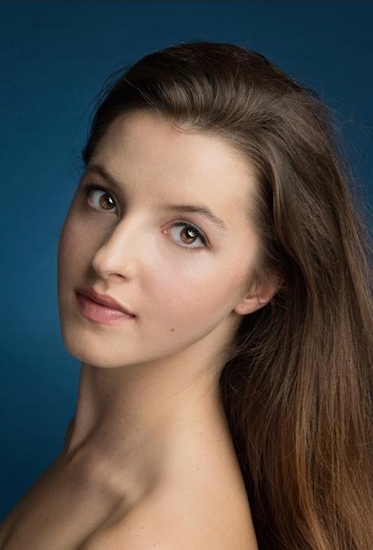Eagle Q&A: Joan Acocella, dance critic of The New Yorker, NYCB corps member Indiana Woodward

I owe an enormous debt to my parents. From an early age, I was taken to Broadway and off-Broadway theater, the New York Philharmonic Young People’s concerts, exhibitions at the Metropolitan Museum of Art, the Museum of Modern Art, the Whitney Museum, foreign language films at the The New Yorker and Thalia Theaters. And to the ballet. More precisely, to the New York City Ballet (NYCB). In 1960, when I was 10, my parents bought tickets for George Balanchine’s “Salute to Italy” series. At that time, NYCB’s home was New York City Center, the wonderful Moorish Revival theater on West 55th Street. Because I still have the program, I know what we saw: “Monumentum pro Gesualdo,” “Con Amore” and “Variations from Don Sebastian” (which, the following year, became “Donizetti Variations”).
At first I was a bit fidgety during “Monumentum” (I knew Stravinsky from “The Firebird”; this score was far more austere). But gradually I forgot about the music and focused on Diana Adams. She was breathtaking. Of course, I was completely unaware of her already remarkable life and career: the 1957 groundbreaking pas de deux danced with Arthur Mitchell in the Balanchine-Stravinsky “Agon”; the roles Balanchine created for her: “A Midsummer’s Night Dream,” “Movements for Piano and Orchestra” and “Tchaikovsky Pas de Deux”; the saga of Balanchine’s unrequited love for her. I had not processed any of this when I saw “Monumentum”; I only knew I was hooked.
In addition to her exquisite dancing, I loved the elegance of her given name; growing up in 1950s Brooklyn, I didn’t know any Dianas. I knew Janes and Ellens and Nancys. Even a Shirley. But definitely no Dianas. As I attended more ballets, the dancers’ names resonated as much as the dances themselves: Melissa Hayden, Allegra Kent, Suzanne Farrell, Violette Verdy. And since I began to see other companies, other names soon beguiled me: Merrill Ashley, Lynn Seymour. And not only female dancers; David Lichine and Jacques d’Ambroise also were names of distinction. Then, as I began to dip my toe into the history of ballet, other names stood out: Ninette de Valois, Alicia Markova, Anton Dolin.

Brooklyn Boro
View MoreNew York City’s most populous borough, Brooklyn, is home to nearly 2.6 million residents. If Brooklyn were an independent city it would be the fourth largest city in the United States. While Brooklyn has become the epitome of ‘cool and hip’ in recent years, for those that were born here, raised families here and improved communities over the years, Brooklyn has never been ‘uncool’.